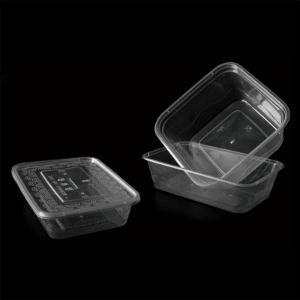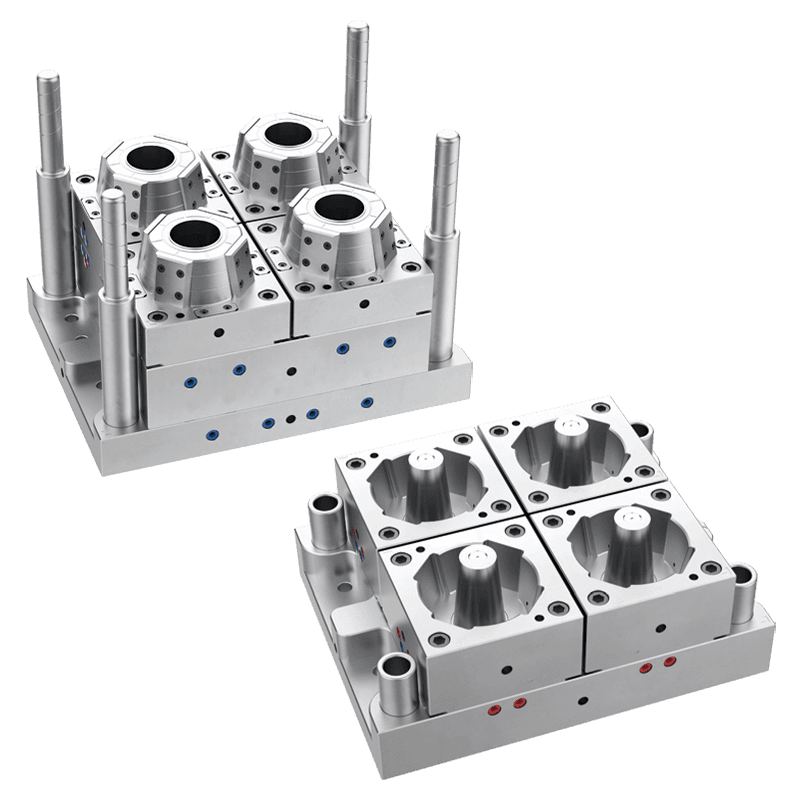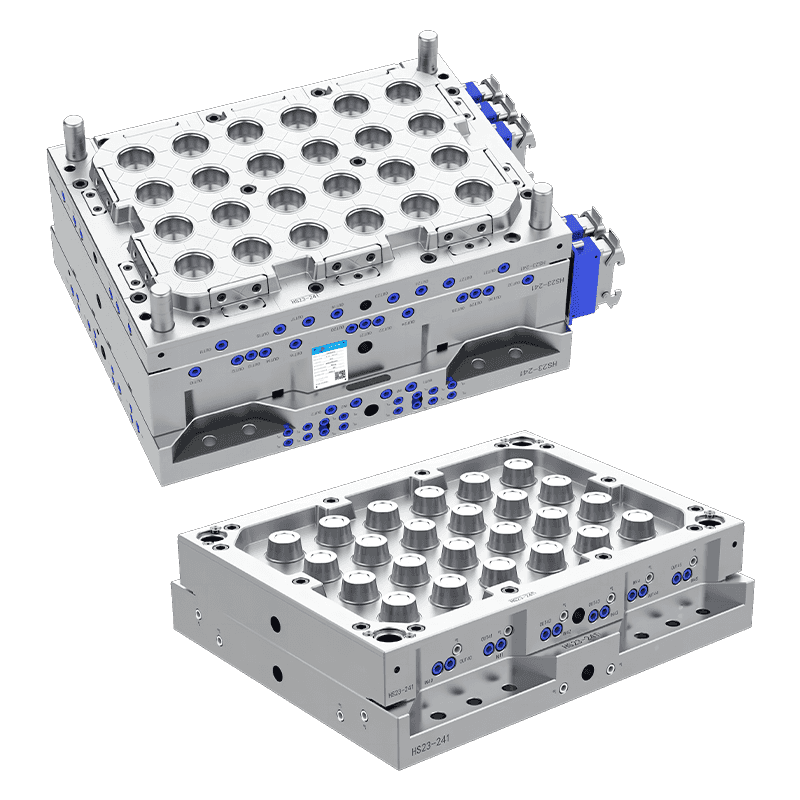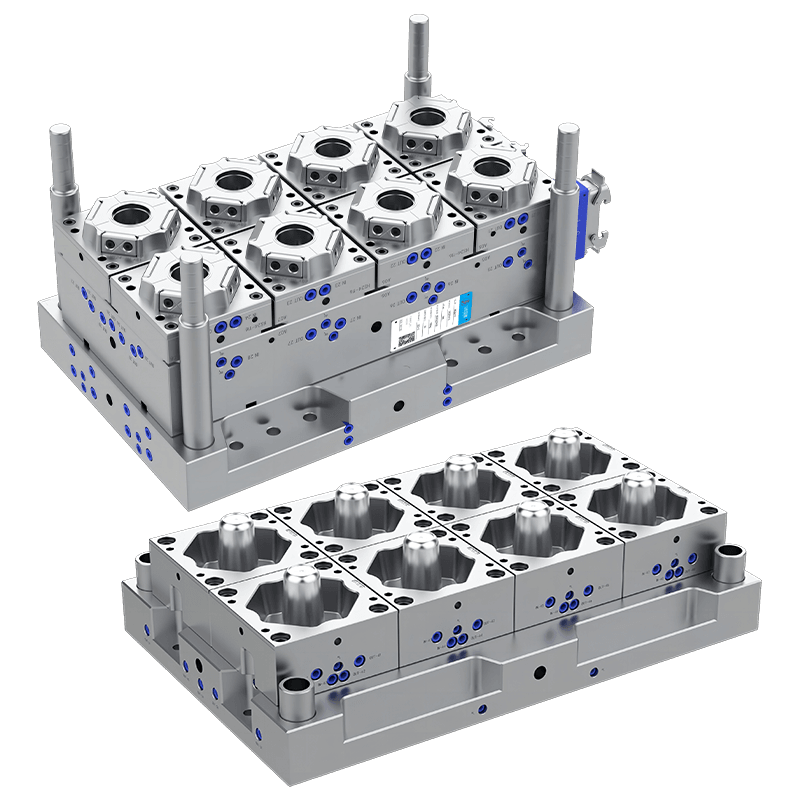Thin Wall Injection Moulding: Production Excellence
The Essence of Thin Wall Injection Moulding

Thin Wall Injection Moulding is a specialized injection molding technique that allows for the production of plastic parts with very thin walls, typically less than 0.5mm thick. This method is particularly useful in the manufacturing of complex, lightweight components that require high precision and strength. The process involves injecting molten plastic into a mould at high pressure and speed, allowing the material to fill the mould cavity quickly and efficiently.
Speed and Efficiency: The Cornerstones of Thin Wall Injection Moulding
One of the notable features of Thin Wall Injection Moulding is its speed. The high injection speed and pressure used in this process ensure that the molten plastic fills the mould cavity rapidly, reducing cycle times significantly. This is particularly beneficial for high-volume production runs where time is a critical factor.
- Rapid Filling of Mould Cavities: The high-speed injection allows the molten plastic to flow quickly into the mould, reducing the time it takes to fill the cavity.
- Reduced Cooling Time: Due to the thin walls, the parts cool down faster, allowing for quicker demoulding and reduced overall production time.
Material Savings: A Key Benefit of Thin Wall Injection Moulding
Another characteristic of Thin Wall Injection Moulding is its ability to save on material usage. By producing parts with thinner walls, less plastic is required, which not only reduces material costs but also has environmental benefits by reducing waste.
- Leaner Material Consumption: The thin walls mean less plastic is needed per part, material savings and cost reductions.
- Environmental Considerations: By using less material, Thin Wall Injection Moulding contributes to sustainability efforts in the manufacturing industry.
Quality and Consistency: The Hallmarks of Thin Wall Injection Moulding
The production characteristics of Thin Wall Injection Moulding also extend to the quality and consistency of the finished parts. The high-pressure injection ensures that the plastic is evenly distributed within the mould, reduce defects and enhancing part integrity.
- Minimized Defects: The even distribution of plastic reduces the likelihood of voids and other defects, higher quality parts.
- Consistent Wall Thickness: The precision of the process ensures that the walls of the parts are uniformly thin, which is crucial for parts that require uniform strength and performance.
Design Flexibility: A Notable Feature of Thin Wall Injection Moulding
The ability to produce parts with thin walls opens up a world of design possibilities. Engineers can now design components that are not only lighter but also more complex, knowing that the manufacturing process can keep up with their creative visions.
- Complex Geometries: Thin Wall Injection Moulding allows for the creation of intricate designs that would be difficult or impossible to produce with traditional moulding methods.
- Lightweight Components: Designers can focus on creating lightweight parts without compromising on strength, thanks to the thin yet robust walls produced by this process.
Automation and Precision in Thin Wall Injection Moulding
The integration of automation and precision machinery is another production characteristic that sets Thin Wall Injection Moulding apart. Modern machines are capable of controlling the injection process with high precision, ensuring that each part is produced to exacting standards.
- Automated Control Systems: Advanced control systems monitor and adjust the injection process in real-time, ensuring consistent quality across all parts.
- Precision Engineering: The use of high-precision machinery allows for the production of parts with tight tolerances, which is essential for components that require exact fits and finishes.
Sustainability and the Future of Thin Wall Injection Moulding
As the world moves towards more sustainable manufacturing practices, Thin Wall Injection Moulding is well-positioned to play a significant role. Its ability to reduce material usage and increase production efficiency aligns well with the goals of sustainability.
- Reduced Energy Consumption: The faster cycle times and reduced material usage of Thin Wall Injection Moulding can lower energy consumption in the production process.
- Eco-friendly Production: By reduce waste and optimizing material usage, Thin Wall Injection Moulding contributes to a greener manufacturing environment.
Contact Us
Email: [email protected]; Or fill out the contact form below.

 English
English 中文简体
中文简体 русский
русский Español
Español Français
Français




